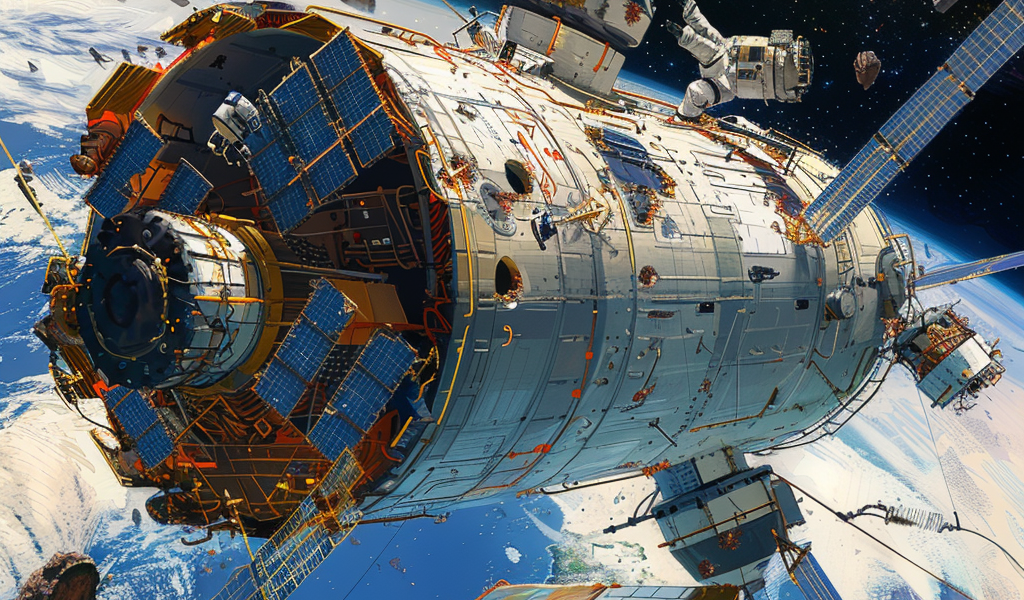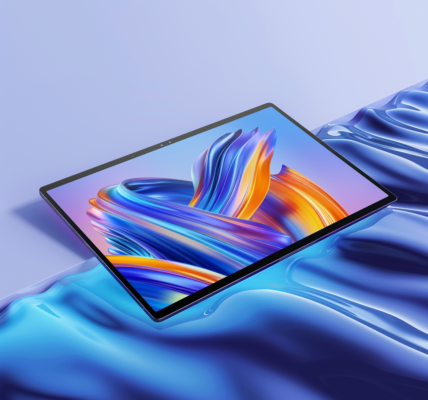China’s Tiangong space station recently faced a setback as it was damaged by a debris strike, leading to a partial loss of power supply, according to reports. Astronauts from the Shenzhou 17 mission undertook two successful spacewalks to repair the damage, with the most recent one occurring on March 1.
The China Manned Space Agency (CMSA) announced in a press conference that the Tiangong space station’s core module Tianhe experienced a partial loss of power supply due to the impact on the solar wing’s power cables caused by space debris. As a response to this incident, China will enhance its space debris procedures for astronauts to prevent similar issues in the future.
While the exact origin of the debris was not specified in the reports, both natural micrometeoroids and human-generated space debris pose threats to space stations like Tiangong and the International Space Station (ISS). The increasing amount of human-generated orbital debris is a growing concern, with over 43,000 tracked space objects by the North American Aerospace Defense Command (NORAD) as of April 2024.
Moreover, there are currently more than 7,500 active satellites in orbit, as reported by the Union for Concerned Scientists. This includes satellites from SpaceX’s Starlink broadband megaconstellation, adding to the complexity of managing space debris and ensuring the safety of space missions.
ISS controllers, in collaboration with NORAD, have had to perform over 30 maneuvers to avoid debris since the station’s inception in 1998. These incidents highlight the importance of proactive measures to safeguard space infrastructure and the astronauts onboard from potential collisions with space debris.





